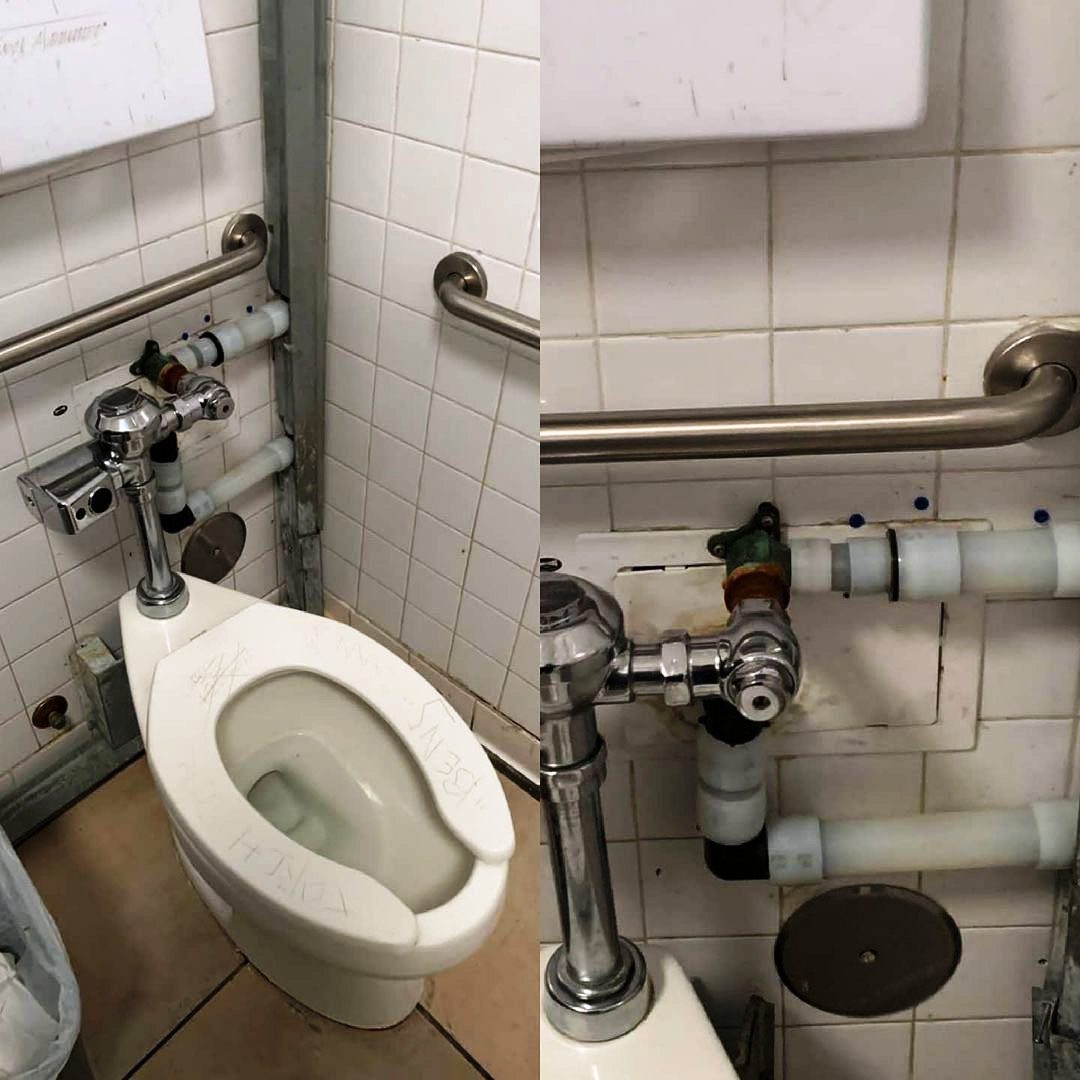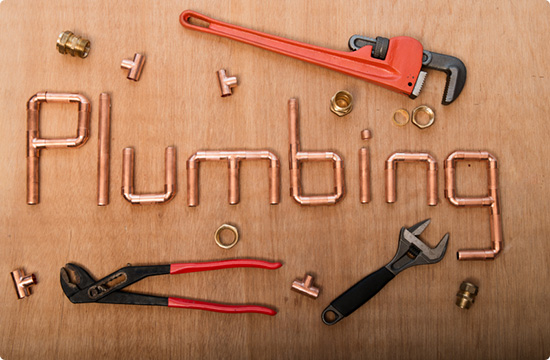This great article listed below pertaining to Why Do My Pipes Make Noises is definitely enjoyable. You should keep reading.

To detect loud plumbing, it is essential to establish first whether the undesirable audios occur on the system's inlet side-in various other words, when water is turned on-or on the drain side. Noises on the inlet side have differed causes: extreme water stress, used valve as well as tap components, improperly connected pumps or other appliances, improperly put pipeline bolts, and also plumbing runs having too many tight bends or other limitations. Noises on the drainpipe side normally originate from inadequate location or, as with some inlet side noise, a design having limited bends.
Hissing
Hissing sound that takes place when a faucet is opened somewhat normally signals too much water stress. Consult your neighborhood public utility if you suspect this problem; it will be able to inform you the water pressure in your area as well as can install a pressurereducing shutoff on the inbound water pipeline if essential.
Thudding
Thudding sound, typically accompanied by shuddering pipes, when a tap or appliance valve is switched off is a problem called water hammer. The sound as well as vibration are brought on by the resounding wave of pressure in the water, which all of a sudden has no area to go. Occasionally opening a valve that releases water rapidly into a section of piping containing a constraint, elbow joint, or tee installation can generate the exact same condition.
Water hammer can typically be cured by mounting installations called air chambers or shock absorbers in the plumbing to which the problem shutoffs or taps are connected. These tools enable the shock wave created by the halted circulation of water to dissipate in the air they consist of, which (unlike water) is compressible.
Older plumbing systems may have brief vertical sections of capped pipeline behind walls on tap competes the same objective; these can ultimately fill with water, minimizing or destroying their performance. The cure is to drain pipes the water system entirely by turning off the main water valve and also opening all taps. After that open up the primary supply shutoff as well as shut the faucets one by one, starting with the tap nearest the valve as well as finishing with the one farthest away.
Chattering or Shrieking
Intense chattering or shrilling that takes place when a valve or faucet is switched on, which generally goes away when the fitting is opened fully, signals loose or malfunctioning internal components. The remedy is to change the shutoff or faucet with a brand-new one.
Pumps and also appliances such as washing makers as well as dish washers can transfer electric motor sound to pipelines if they are improperly linked. Connect such things to plumbing with plastic or rubber hoses-never rigid pipe-to isolate them.
Various Other Inlet Side Noises
Squeaking, squealing, scratching, snapping, as well as touching generally are caused by the expansion or contraction of pipes, normally copper ones providing warm water. The sounds occur as the pipes slide versus loosened bolts or strike neighboring residence framing. You can frequently identify the area of the problem if the pipes are revealed; just comply with the noise when the pipelines are making sounds. Most likely you will find a loosened pipeline wall mount or an area where pipes exist so near flooring joists or other framing pieces that they clatter versus them. Affixing foam pipeline insulation around the pipes at the point of call must treat the trouble. Be sure straps and hangers are secure and offer appropriate assistance. Where feasible, pipeline bolts need to be attached to huge structural aspects such as structure wall surfaces instead of to framing; doing so reduces the transmission of resonances from plumbing to surfaces that can amplify and transfer them. If attaching fasteners to framing is inescapable, cover pipelines with insulation or various other resistant product where they speak to bolts, and also sandwich completions of brand-new bolts in between rubber washing machines when mounting them.
Remedying plumbing runs that deal with flow-restricting tight or numerous bends is a last hope that must be embarked on only after speaking with an experienced plumbing professional. Sadly, this circumstance is relatively typical in older houses that may not have actually been constructed with interior plumbing or that have seen a number of remodels, especially by amateurs.
Drain Sound
On the drain side of plumbing, the chief goals are to get rid of surfaces that can be struck by falling or hurrying water as well as to shield pipelines to consist of inevitable sounds.
In brand-new building, bathtubs, shower stalls, commodes, and also wallmounted sinks as well as basins should be set on or versus durable underlayments to reduce the transmission of audio via them. Water-saving bathrooms and taps are much less loud than traditional models; mount them rather than older types even if codes in your location still allow making use of older components.
Drainpipes that do not run vertically to the basement or that branch right into horizontal pipeline runs sustained at floor joists or various other framing existing especially troublesome noise troubles. Such pipes are huge enough to radiate substantial vibration; they additionally carry substantial quantities of water, which makes the situation even worse. In new building, define cast-iron soil pipelines (the large pipelines that drain pipes bathrooms) if you can manage them. Their massiveness consists of much of the noise made by water travelling through them. Likewise, stay clear of directing drains in wall surfaces shared with bed rooms and also spaces where people collect. Walls consisting of drains should be soundproofed as was explained previously, using double panels of sound-insulating fiber board and also wallboard. Pipelines themselves can be wrapped with special fiberglass insulation produced the purpose; such pipes have a resistant vinyl skin (occasionally containing lead). Outcomes are not always satisfactory.
WHY IS MY PLUMBING MAKING SO MUCH NOISE?
This noise indeed sounds like someone is banging a hammer against your pipes! It happens when a faucet is opened, allowed to run for a bit, then quickly shut — causing the rushing water to slam against the shut-off valve.
To remedy this, you’ll need to check and refill your air chamber. Air chambers are filled with — you guessed it — air and help absorb the shock of moving water (that comes to a sudden stop). Over time, these chambers can fill with water, making them less effective.
You’ll want to turn off your home’s water supply, then open ALL faucets (from the bathroom sink to outdoor hose bib) to drain your pipes. Then, turn the water back on and hopefully the noise stops! If you’re still hearing the sound, give us a call to examine further.
Whistles
Whistling sounds can be frustrating, as sometimes the source isn’t easily identified. However, if you can pinpoint which faucet or valve that may be the cause, you’ll likely encounter a worn gasket or washer — an easy fix if you replace the worn parts!Whistling sounds from elsewhere can mean a number of things — from high water pressure to mineral deposits. Your best plan of attack here is to give our plumbing experts a call. We’ll be able to determine where the noise is coming from and what the cause may be, then recommend an effective fix!
Cracks or Ticks
Cracking or ticking typically comes from hot water going through cold, copper pipes. This causes the copper to expand resulting in a cracking or ticking sound. Once the pipes stop expanding, the noise should stop as well.
Pro tip: you may want to lower the temperature of your water heater to see if that helps lessen the sound, or wrapping the pipe in insulation can also help muffle the noise.
Bangs
Bangs typically come from water pressure that’s too high. To test for high water pressure, get a pressure gauge and attach it to your faucet. Water pressure should be no higher than 80 psi (pounds per square inch) and also no lower than 40 psi. If you find a number greater than 80 psi, then you’ve found your problem!
Next step is to give us a call in order to install a pressure regulator. Trust us, you don’t want to wait to resolve this issue. Not only is the sound annoying, but high water pressure can be destructive to your home — including damaging certain appliances, like your washer and dishwasher.
Dripping
You might be accustom to the slow quiet drip your kitchen faucet makes. You might have even tuned out your bathroom sink dripping and drabbing all day long — but it’s time to find its cause.
A slow drip could signify a variety of easy to fix issues, such as a worn out O ring, or loose part. And by ignoring the drip, you could be wasting up to 2,000 gallons of water a year! So start conserving water — get it looked at ASAP.
https://www.pwessig.com/blog/2018/december/why-is-my-plumbing-making-so-much-noise-/

I hope you enjoyed reading our section about Why Do My Pipes Make Noises. Many thanks for taking a few minutes to browse our posting. In case you appreciated our blog posting please do not forget to share it. Kudos for your time. Come back soon.
Estimating
Comments on “Plumbing Noises You Need To Learn about”